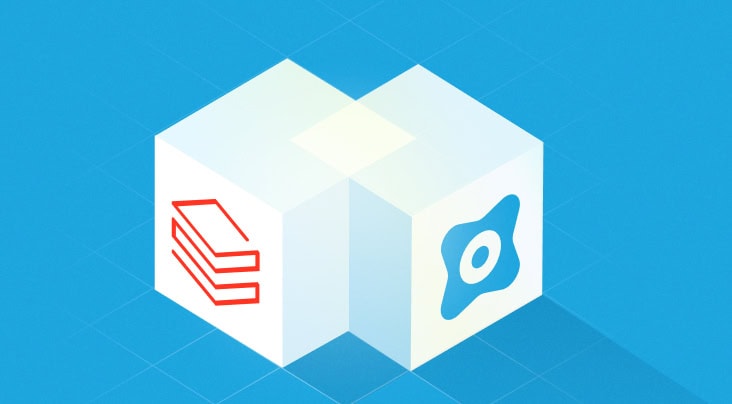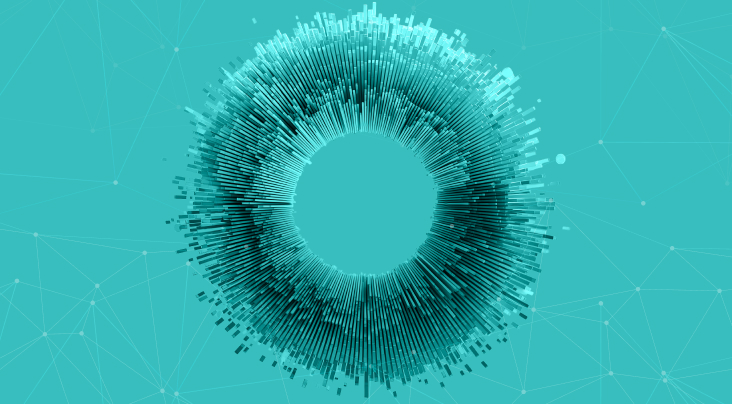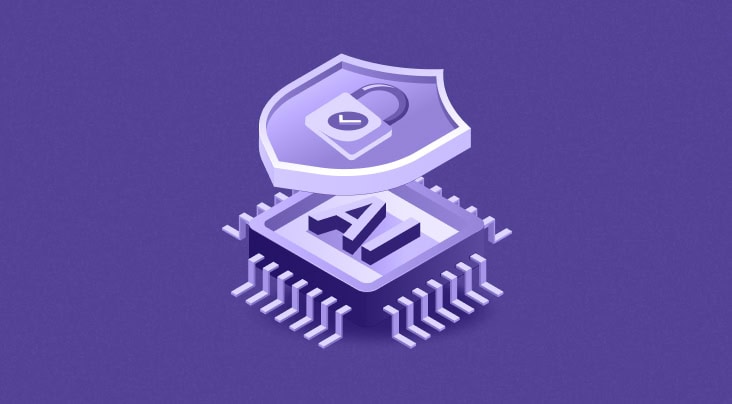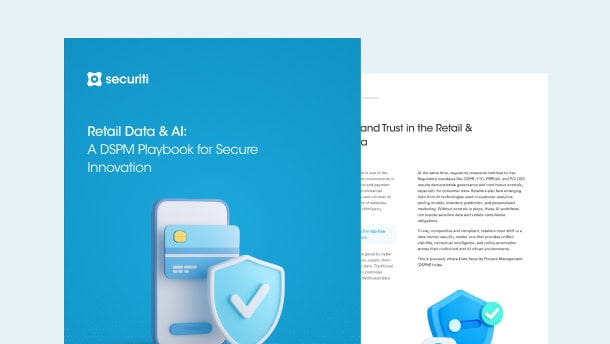An Advanced Persistent Threat (APT) is a sophisticated, long-term cyberattack strategy in which threat actors, often nation-states or well-organized hacking groups, target a specific organization or entity. The primary goal of an APT is to gain unauthorized access to critical systems and maintain that access covertly for an extended period.
What are the Characteristics of APT Attacks?
APT (Advanced Persistent Threat) attacks are a type of cyber threat carried out by a group of individuals that establishes an illicit, long-term presence on a network in order to mine susceptible data. Here are some of their key characteristics:
Highly Organized
APT groups are often well-funded or state-sponsored organized criminal syndicates. Their activities are coordinated, and their goals are well-organized.
Targeted Attacks
APTs are often targeted against specific companies, countries, or sectors, as opposed to generalized assaults that affect a large number of victims.
Long-term Engagement
APTs can last for a long time, giving attackers the opportunity to stealthily track and collect data without being noticed.
Advanced Techniques
These attackers often utilize zero-day exploits in conjunction with advanced hacking methods and malware to take advantage of vulnerabilities.
Evasion Tactics
APT attackers are skilled at avoiding detection by evading security measures with the use of kill chains, encryption, and other techniques.
Data Exfiltration
The main objective is to steal sensitive data, such as personal information, military or government secrets, or intellectual property.
Lateral Movement
APT attackers look for valuable data and expand their foothold by moving laterally across a network after a machine has been hacked.
Supply Chain Attacks
APT groups may indirectly attack their principal target by focusing on the most vulnerable devices.
Resourceful and Adaptive
APT attackers are able to swiftly adjust to countermeasures and adjust their strategies and communication channels in order to continue operating within a compromised system.
A strong security posture is necessary to counter the danger presented by APTs. This includes sophisticated threat detection technologies, frequent security audits, personnel education, and a comprehensive incident response plan.
What is an APT Attack Lifecycle?
The APT attack lifecycle refers to the stages that an APT group typically goes through when targeting an organization. Here’s the APT lifecycle process:
Reconnaissance
Attackers begin by gathering information on the target to detect vulnerabilities and entry points. This may involve scanning systems, network infrastructure, and public-facing services and identifying employees that are risk-prone.
Initial Compromise
Once within the network, the attackers establish themselves. The network compromise may be accomplished by spear-phishing, taking advantage of an unpatched vulnerability, or exploiting a public-facing web application.
To maintain their access to the network once inside, attackers use backdoors or malware. Then, by taking advantage of vulnerabilities in the network or by stealing credentials, attackers begin to obtain higher-level access. Using elevated access, hackers explore the network topology, trying to identify high-value targets such as servers holding sensitive data.
Data Exfiltration
The attackers identify and move sensitive data from the organization to sites under their control. Usually, this is done covertly to prevent detection. Attackers may continue to monitor the network and extract data or set the stage for future attacks. The attackers' objectives may determine whether to use additional payloads, like ransomware, or whether to strategically alter data or systems to work in their interests.
Cleanup
Once an attacker’s objectives are met, they may try to hide their activities from getting detected by erasing as much evidence as they can, often via destroying systems or data.
Post-Exploitation
The attackers may periodically revisit the compromised systems to update their tools, re-exfiltrate data, or act on additional objectives that may have arisen.
Organizations must understand the APT attack lifecycle to create effective countermeasures, such as robust access controls, proactive monitoring for susceptible activity, and recurring security audits.
How to Detect and Mitigate APTs?
The continuous task of detecting and mitigating APTs calls for a combination of cutting-edge technology, trained personnel, and robust security measures. Organizations must utilize comprehensive monitoring systems, such as Security Information and Event Management (SIEM), to detect irregularities in network activity and uncover these covert threats.
In addition, antivirus software and intrusion detection systems work together to use behavior analysis that helps in identifying known and shadow risks. Patching and upgrading systems on a regular basis reduces vulnerabilities that APTs often take advantage of.
Organizations need to engage in proactive threat-hunting activities by using threat information to remain ahead of developing threats. Employee awareness initiatives are crucial to thwarting the social engineering strategies APTs use to gain access. A practiced incident response strategy also guarantees an efficient and quick response to any risks that are detected, minimizing damage and enabling swift recovery.
What is the Difference between APT vs. Traditional Cyberattacks?
The skill, tenacity, and goal of APTs set them apart from more conventional cyberattacks. APTs are sophisticated, well-planned, and carried out by highly competent groups, sometimes with government support, with the intention of espionage or sabotage against particular targets. They stay the course for extended times, infiltrating and making their way through a network covertly in order to accomplish their objectives.
On the other hand, conventional cyberattacks are often less sophisticated, more opportunistic, and focused on causing quick disruption or financial gain. They usually don't stay present in the compromised systems for very long and instead cast a broad net to impact as many victims as possible.





































